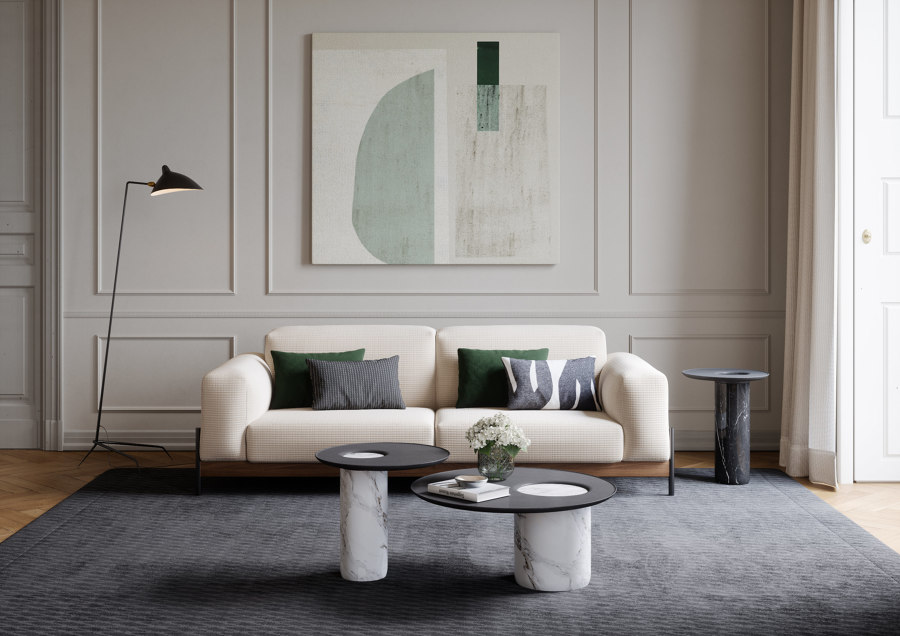Branching out: Wewood
Historia de la marca de Emma Moore
Gandra, Portugal
07.09.21
Don’t be fooled by the name. Certainly, Wewood’s furniture has wood at its core, but this is complemented by a locally sourced and crafted material palette that includes cork, leather and marble.
Wood crafting skills remain at the heart of Wewood’s output, but as the collection grows, additional materials are integrated. Here leather rope is used to bind the structure of the Cancan Coat Stand

Wood crafting skills remain at the heart of Wewood’s output, but as the collection grows, additional materials are integrated. Here leather rope is used to bind the structure of the Cancan Coat Stand
×Despite how it sounds, Wewood does not work with wood alone. Yes, the Portuguese brand that began in 2012 launched off the back of a 50-year-old family joinery business, and boasts unparalleled wood-crafting skills in its workshops. And yes, many of its early pieces were a masterclass in refined joinery, turning and innovative crafting that produced unusual textures in timber.
Wewood always saw itself, however, as more than just the maker of walnut sideboards and oak dining chairs. With its sights on furnishing entire spaces, both residential and commercial, it was only a matter of time before its material palette broadened out. ‘We started introducing other materials than wood with our first upholstered pieces,’ says the new Design Director, Philipp Grundhöfer .‘Later we started to combine the wood with marble and metals. We believe that we can emphasise the beauty and the value of the main material by combining it with another material.’
Lago is a series of coffee tables that elegantly combine marble and wood. The marble represents the lake (lago in Portuguese) of its title, while the open-pore wood represents the surrounding nature

Lago is a series of coffee tables that elegantly combine marble and wood. The marble represents the lake (lago in Portuguese) of its title, while the open-pore wood represents the surrounding nature
×Take the Lago coffee table. It artistically combines wood and marble, the marble forming the indented round ‘lake’ and the wood serving as the landscape around. A graphic ring of fine iron rods, meanwhile, separate the wooden top and bottom of the Memoria coffee table. Sticking mostly to naturals such as marble, leather, textile, cork alongside glass and a variety of different metals, the design team has sought combinations that complement its beloved wood, enhancing it, pacing it, and allowing it to do the job it’s best at.
A move into making upholstered pieces for residential and commercial markets opened the door to additional materials. Expertly crafted fabrics, leather, cork, metal, marble and glass are now worked in

A move into making upholstered pieces for residential and commercial markets opened the door to additional materials. Expertly crafted fabrics, leather, cork, metal, marble and glass are now worked in
×Like the wooden elements, the additional materials usually come from local suppliers and are worked by local craftsmen skilled in their own field, allowing the brand to stay true to its number one mission; to promote Portuguese design and craftsmanship on a world stage.
© Architonic



